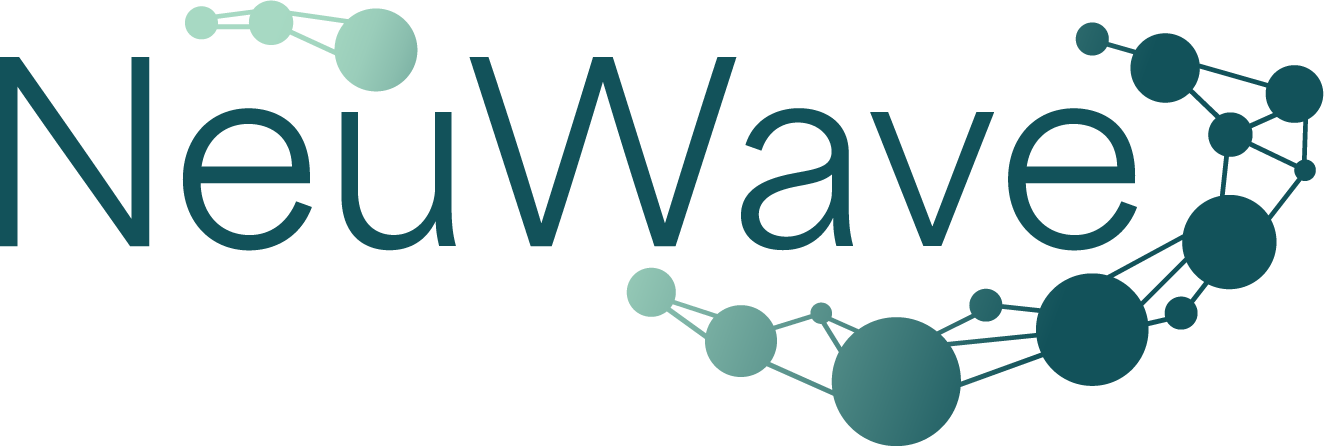By 2035, global offshore wind investment is expected to be in excess of $1 trillion. Despite this, for decades, site selection has relied on manual, static environmental assessments that are time consuming, limited in scope, and prone to errors.
Offshore wind farm developers often face relentless financial, regulatory, and environmental risks, with site selection being at the heart of many of these concerns. Selecting the wrong site means higher construction costs, delays in permitting, and eventual inefficiencies in operation.

Cutting-edge AI-driven site assessments provide faster, more reliable, and truly actionable insights into prospective offshore wind farm site locations – and here at NeuWave, we’re leading the charge.
What are the flaws of traditional wind farm site assessments?
Traditional environmental reports for offshore wind developments depend on manual surveys and fragmented data sources. Despite being the only solution for most of the industry’s history, this approach is slow and inefficient, and offers limited data accuracy.
- Lengthy processes: Manual site assessments take weeks or months to complete, delaying the acquisition of any necessary permits and slowing project timelines.
- Inconsistent risk analysis: Varying levels of expertise and fragmented data can lead to misinterpretation of data, compliance failures, and potential regulatory roadblocks.
- Data gaps: Traditional assessments rely on outdated sources, leading to potentially inaccurate environmental predictions.
- Subjectivity and human error: A reliance on human interpretation increases the risk of oversight, misjudgement, and inaccurate forecasting.
Without quicker, more accurate data, offshore wind projects have been wasting time, money, and resources waiting for results. The traditional methods of offshore renewable energy site assessment leave developers vulnerable to costly miscalculations, regulatory hurdles, and unpredictable inefficiencies in project execution.
How are AI-powered site assessments changing the game for offshore wind farm development?
It’s clear that traditional wind farm site assessments aren’t up to scratch. So, how can AI-powered models replace these and streamline site selection, planning, and operations? Reliable, results-driven assessments.
Speed – Rapid, automated analysis
By leveraging vast datasets and machine learning algorithms, AI-powered offshore site assessments – such as those available on NeuWave’s interactive platform – can generate high-resolution reports in hours (not months). Automated data processing reduces the need for time-consuming manual surveys.
Accuracy – High resolution, real-time data
Modern AI models can process a more precise resolution, allowing for unparalleled wave modeling, wind resource assessment, and seabed analysis. Real-time meteorological and oceanographic (metocean) data works to detect any potential risk factors before the project begins, allowing for adequate mitigation or planning.
Automation – Predictive analysis
If you know what regulatory roadblocks to expect, you can prepare for these in advance. AI-powered offshore site assessments usually provide automated compliance checks, to ensure the viability of projects and identify potential obstacles in advance – reducing permitting risks and ensuring a smoother planning process.
Cost – Minimising unnecessary expenses
By optimising site selection and shining a light on potential risks, AI helps offshore developers to avoid unnecessary expenses related to poor siting decisions, construction delays, and unexpected environmental challenges. AI-powered solutions reduce surveying costs, engineering expenses, and the inevitable solicitor fees associated with compliance issues.
Head-to-head: AI vs. traditional offshore wind farm site assessments
Let’s take a look at what you get when you decide to use an AI-driven offshore site assessment, like those provided by NeuWave:
| Feature | Traditional Assessments | AI-Powered Assessments |
|---|---|---|
| Data Collection | Manual surveys, subjective analysis | Real-time, AI-enhanced metocean data |
| Processing Time | Weeks to months | Can be generated in a few hours |
| Risk Detection | Human interpretation required | Predictive modeling based on historical trends |
| Regulatory Compliance | Manual revisions required | Pre-built compliance automation |
| Scalability | Site-by-site assessments | Scalable quickly across multiple locations |
What are the additional benefits of AI-driven offshore site assessments?
Beyond improving speed, accuracy, and cost efficiency, AI-driven site assessments offer a range of benefits that enhance offshore wind development and operations.
Environmental Impact Assessment (EIA) efficiency
AI streamlines the EIA process by integrating large datasets, historical records, and real-time environmental monitoring to create highly detailed reports. This reduces uncertainties and enhances confidence in decision-making.
Improved wind resource analysis
AI-powered assessments use advanced meteorological modelling and machine learning to optimise wind resource evaluations, ensuring the best possible sites for maximum energy generation.
Optimised grid connection planning
AI can analyse seabed conditions, transmission infrastructure, and energy demand patterns to identify the most efficient grid connection points – reducing transmission losses and helping offshore wind developers to integrate wind power into existing energy networks with minimal disruption.
Automated marine traffic & navigation analysis
AI can assess shipping routes, fishing zones, and other marine activity to minimise conflicts between wind farm installations and existing ocean industries. This proactive approach enhances safety, reduces stakeholder opposition, and improves overall project feasibility.
The future of AI in offshore wind farm development
As AI continues on its rapid path of evolution, its role in offshore wind site assessment – and renewable energy generation more broadly – will only expand.
Whether it’s through AI-driven adaptive forecasting, allowing for further refinement of dynamic weather and ocean predictions; automated marine biodiversity assessments; or integration of AI with floating wind technologies, allowing for maximum energy capture while minimising environmental disruption, it’s evident that AI is able to streamline and strengthen our understanding of environmental conditions in the ocean.
AI isn’t just improving offshore wind site assessments, it’s revolutionising the way we approach energy infrastructure as a global community – ensuring sustainability, stability, and efficiency.
Get ahead of the curve with NeuWave’s AI-powered offshore site assessment platform…
NeuWave’s AI-powered offshore site assessments reduce costs, increase accuracy, and streamline permitting – helping developers to mitigate risks and maximise the efficiency of their offshore wind farm projects. Step into the future, with AI-driven environmental analysis.

